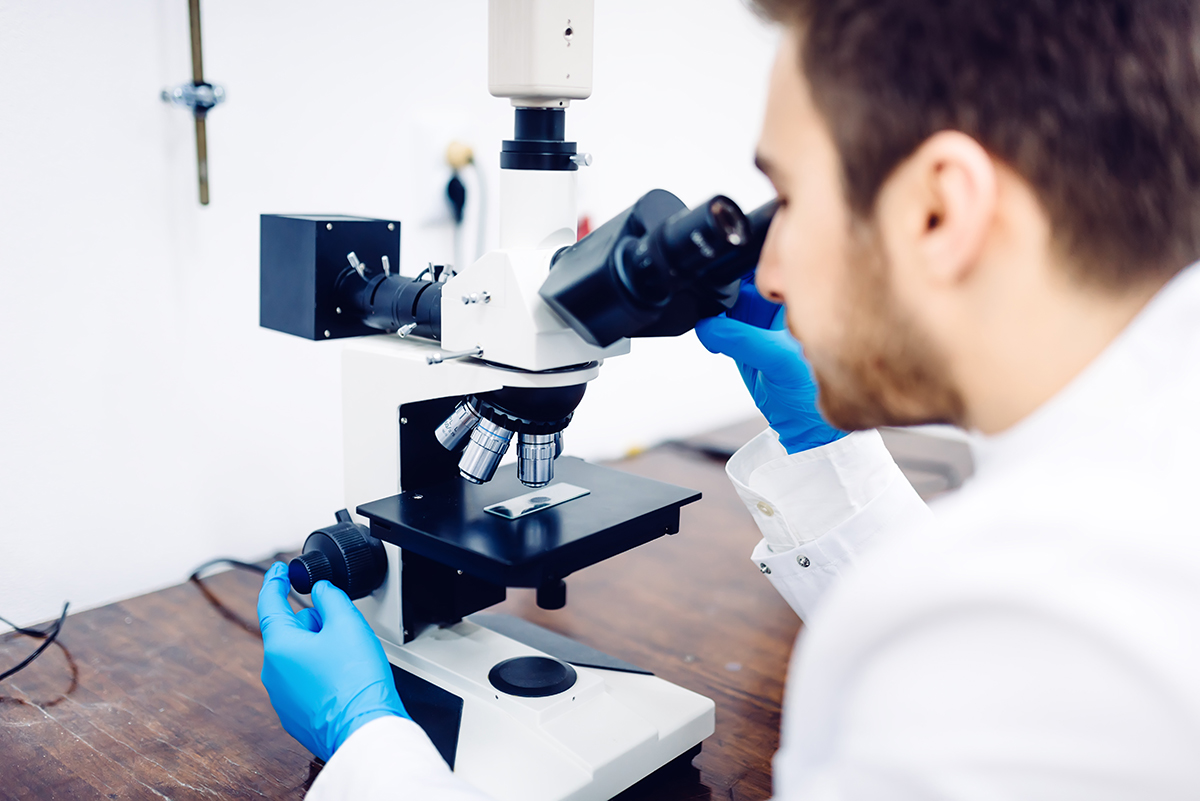NUTRIGENOMIC RESEARCH ACTIVITIES

ANI investigates the interaction between micronutrient combinations and the genome. In fact, whilst it is known that nutrients play an important role in health and disease, their regulatory action on gene expression is still poorly known. In light of the rapid advances in molecular genetics, which have been fuelled by the elucidation of the human and mouse genomes, there are novel opportunities for research in combinatorial nutrition, and hence for the development of innovative products with specific genome signatures. The scope of ANI research is within the new field of Nutritional Genomics, which investigates the response of the genome to diverse forms of nutrition and aims at the development of novel micronutritional combinations improving the metabolic dysregulations.
MISSIONS OF ANI NUTRIGENOMICS RESEARCH:
> the identification of networks of genes responding to ANI combined micronutrients in organisms predisposed to diet-related diseases (diabetes, obesity, cardiovascular diseases) ;
> the characterization of the systemic beneficial action of the combined micronutrients resulting from their action on genes that participate in metabolic homeostasis, whose deregulation by genetic or environmental factors results in the cluster of conditions defined as metabolic syndrome ;
> the development of improved and novel therapeutic micronutrient combinations, based on gene expression profiles, promoting the metabolic balance and, consequently, a better health status.
This research will contribute to unveil the mechanisms of the metabolic syndrome as a whole and, more importantly provide ways to reduce all the risk factors and the long-term deleterious consequences of the metabolic syndrome conditions.
In addition to a primary intervention based on a nutritional approach, people considered at high risk, require classic drug therapy as secondary intervention. The currently available pharmacological agents treat the individual components of the syndrome. It would be highly beneficial to have at disposal therapies that impact on several risk factors concurrently. With this goal in mind, ANI is testing micronutrient combinations with known specific drugs against hypercholesterolemia, hyperlipidemia, and type 2 diabetes. In such associations, combinatorial nutrition and classic drugs may synergize and, as a result, have the expected overall impact affecting several conditions simultaneously with, hopefully, reduced deleterious sides effects known for all classic drugs.
The proposed mechanistic studies will be greatly assisted by different mouse models that have proven their usefulness in the study human diseases. In fact, continued refinement of genetic tools provides more accurate models of human pathologies, which form an extremely valuable resource for basic and clinical research. These models offer a flexible testing platform for current and future therapeutic nutritional interventions.
From Walter Wahli and Nathalie Constantin, Swiss Medical Forum.
